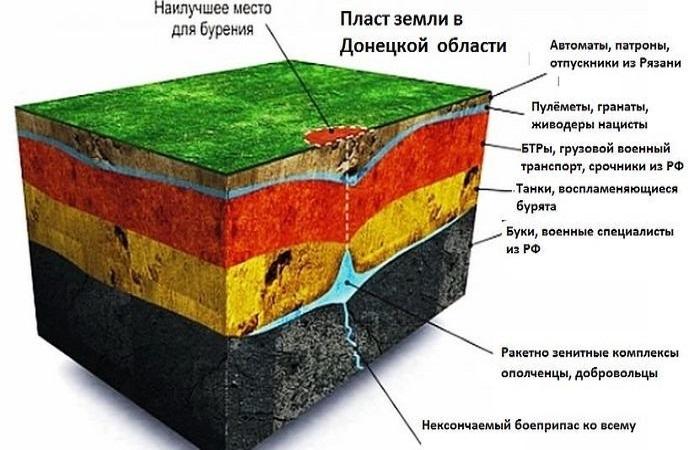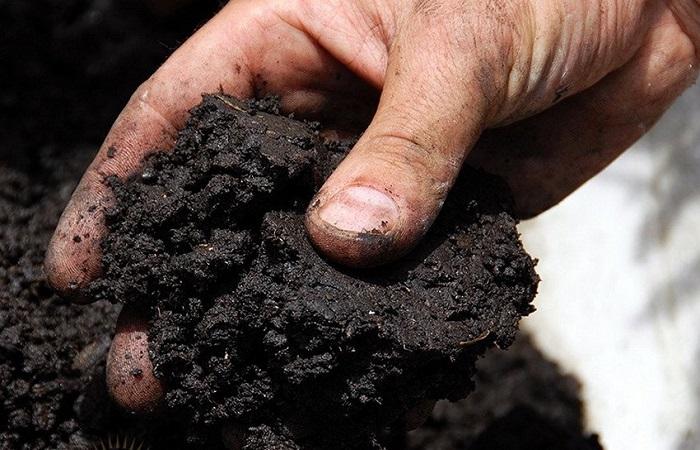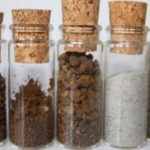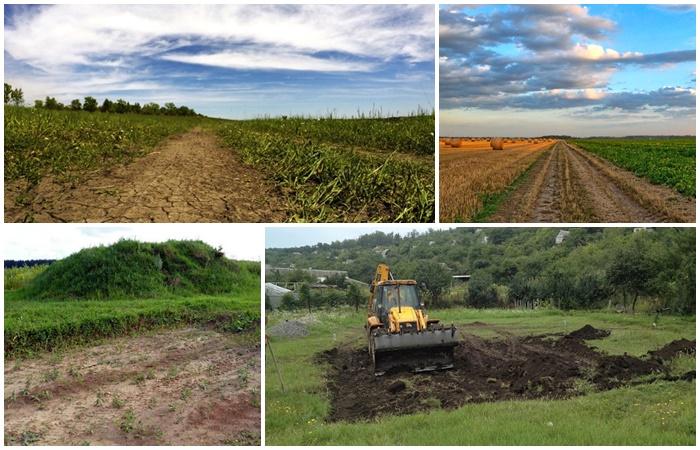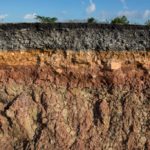In construction, soil properties are important, especially how different types of soil behave under load and how the buildings themselves influence it. There is a special discipline that studies the strength and stability of soil masses and the conditions for their use as foundations for the construction of structures. Let's consider what is included in the concept of soil mechanics, how to correctly calculate soil parameters.
Soil density
Density is a property of soil that is determined by the ratio of specific gravity to volume.It depends on the mineralogical composition of the soil, as well as the degree of dispersion, which is why clay soils are denser than sandy soils, despite the fact that they have the same mineral composition.
Among the physical and mechanical properties of soils, density is considered one of the main ones. Their condition can be judged by their characteristic density. Determination of density is necessary during the construction of roads, foundations of buildings (to distribute stresses along the base), when laying communications, to calculate the resistance of slopes to landslides, settlement of constructed buildings, to determine the volume of earthworks.
Density affects soil permeability. If it is wet or has good absorbency, then after the construction of the building it can shrink; in winter, another problem arises - frost heaving. Knowing what density the soil has will help prevent the destruction or flooding of a building and select suitable materials for construction.
Particle Density
This is a physical characteristic of the soil; it depends on the mineral composition, organomineral and organic substances. Particle density is the ratio of the mass of solid particles in completely dry (without moisture) soil to its volume with an undisturbed structure. Depends on the mineral composition, the density of particles is determined by the structural bonds and structure, porosity of the soil. The more minerals the soil contains and the less porosity, the denser it is.
Based on the value of particle density, the values of strength and deformation characteristics are determined, which are used to evaluate the bearing capacity of soils and the possibility of their use for the construction of structures.
Soil moisture
Humidity is the ratio of the mass of liquid contained in the soil to its dry mass. The bearing capacity of the soil depends on this characteristic.For almost all soils, except coarse rocks and coarse sand, the bearing capacity decreases with increasing humidity. So, for a water-saturated one it will be less than for a dry one.
Humidity is determined in the laboratory using the compaction method, that is, it is determined at what humidity the soil will acquire the greatest density. The characteristic is expressed as a percentage, from 0 to 100%. The optimal humidity for sand is 8-14%, for sandy loam - 9-15%, loam - 12-18% and clay - 16-26%.
Grading
Granulometric or mechanical composition is the percentage content of particles of different sizes in soil or rock, regardless of its chemical and mineral composition. Soil particles are isolated remains of rocks, minerals, amorphous compounds, and other soil components that are in a chemical bond. Particles of similar size are combined into fractions. There are the following types of soil mechanical elements: organomineral, organic and mineral.
The agricultural production properties of the soil depend on the mechanical composition, for example, the ability to pass and retain moisture and air, the processes of movement of substances, accumulation and transformation, structure, thermal and air regimes.And, ultimately, it depends on how fertile the land will be, both with constant cultivation, watering, and fertilization, and without them.
Dry soil density
It is defined as the ratio of the mass of absolutely dry soil (without moisture in the pores) to the volume, taking into account the pore volume. The characteristic is measured in g per cubic meter. see it can be determined if the moisture content and porosity are known. Calculations are carried out in laboratory conditions.
Porosity coefficient
The coefficient shows the presence of small voids in the soil. Calculated as a percentage ratio between the volume of voids and the total volume. To determine the value on different soils, different methods are used. In clay soils, due to cohesion, porosity is determined in accordance with the volumetric and specific gravity of the soil sampled.
Determining the porosity coefficient is necessary in preparation for construction, since there is a connection between it and other characteristics. The level of bearing capacity depends on the porosity index; it decreases as porosity decreases. Without information about porosity, it is impossible to know the degree of soil resistance or determine the possible deformability of buildings.
Deformation of buildings occurs due to the movement and compressibility of soil particles, for example, due to the influence of precipitation. Insignificant and uniform moisture does not reduce the stability of buildings, but a large volume of moisture can cause unwanted deformations. Uneven precipitation is even more dangerous; it can cause displacements and tilts, leading to overstressing in load-bearing structures. If the compressibility of the soil under different parts of the foundation is not the same or the load on it is different, you can often encounter deformation of the building in the form of cracks and subsidence.
Humidity level
This is the ratio of natural soil moisture to moisture content, which corresponds to moisture content when pores are filled with water, in which no air bubbles remain. Soil with indicators from 0 to 0.5 is considered low-moisture, wet - from 0.5 to 0.8 and water-saturated - from 0.8 to 1. Clay soils are often wetter, sandy soils are, respectively, dry.
Calculator for calculating soil parameters
In the design of buildings, different calculation models are used, used for soils of varying complexity. For general tasks, the main assessment is the bearing capacity, which reveals the strength and deformation properties of the foundations. However, basic calculation models can help calculate them for specific tasks.
To simplify calculations when creating a project, the Prandtl formula is used, which helps to calculate the bearing capacity of the soil. To determine the degree of stability and strength of the base and determine possible deformation, it is necessary to determine the degree of stress. For this, equations that are based on the linear relationship between stress and strain, for example, Hooke’s law, can be applied. Thus, the load on the foundation should not be greater than the ultimate soil resistance.
The calculation is carried out based on the bearing capacity to determine the possible loss of stability of the building, the nature of the destruction, the degree of deformation and its type. The condition in which normal operation may be difficult is also calculated, the durability of the building is reduced due to the possibility of subsidence, tilting, and so on.
The physical properties of soils are the defining characteristics by which the condition of the soil can be determined and the possibility of changing parameters under the influence of various physical and chemical factors.
To determine the type of soil and its behavior as a base for construction, the properties necessary for design decisions, a prerequisite is the determination of physical and mechanical characteristics by laboratory methods.

